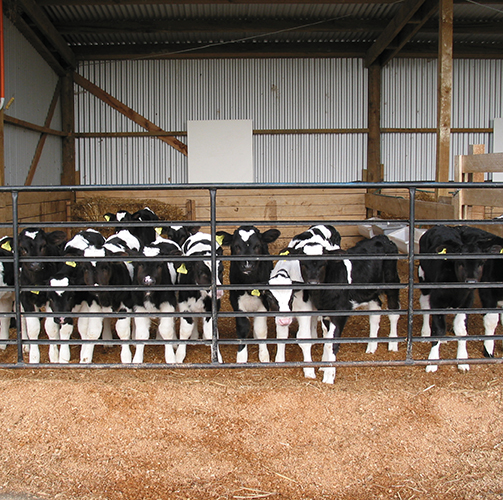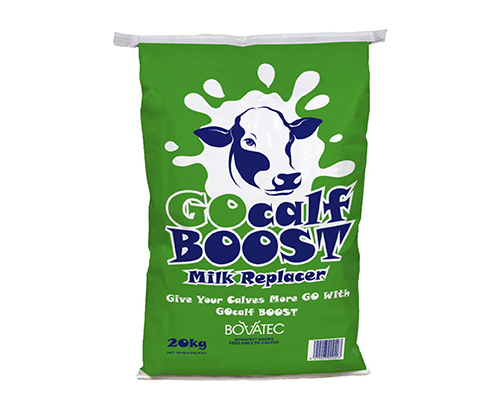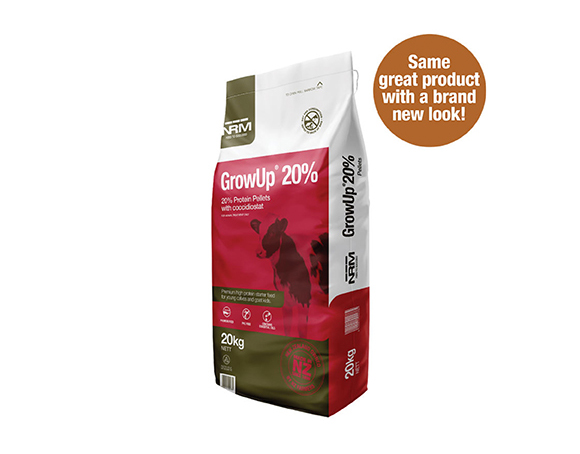

Smooth Weaning Puts Calves on Good Path
When rearing calves, the transition from nursery to grower phase can be critical. The nursery phase is when a young calf is monogastric, relying on the milk feed for all its nutritional needs. It then moves into the transition phase, when milk is being taken away but the calf may struggle to perform solely on grass. The grower phase then has the calf relying on a grass-only diet.
Calves reach transition at 10-12 weeks. This critical time coincides with the growing calf facing stresses and possible relocation, all of which affect its performance. Some key factors can help the transition go smoothly and without major growth checks. How the calves were reared influences options but with all systems, increased growth comes with a greater appetite. Calves produced under a high-volume twicea- day milk system could potentially have had a slower rumen development. Those produced under a lower-volume or restricted milk system such as oncea- day tend to have a quicker uptake of a premium high-starch calf feed. Abruptly weaning high-volume calves will have a detrimental effect. Best practice is to gradually decrease milk volume over 1-2 weeks and never water the milk down. Decreasing the milk over time will help with transitioning as well as increasing grass and pellet intake. Weaning fully off milk should not happen till each calf is eating 1-1.5kg of a well-balanced premium calf feed per day for at least 3 consecutive days.
Weaning weights and weight gains are also key indicators to help wean successfully. The genetic potential of the individual calf should be taken into the equation, including whether you are rearing for a lifetime of milk production or for beef markets. Well-grown calves are more profitable because they have a higher lifetime yield, achieve better mating targets, have fewer health extremes and are not rushed through weaning. Taking time weighing will pay dividends to your overall calf development and performance. Attention to detail will see a steady lift in weight gains, decreasing the chances of calves that get left behind and are less tolerant of disease, parasites or nutritional challenges. Post weaning, continue with pellet feeding for at least 21 days. Even if the animal has reached target weaning weight it will help during the transition. Ensure weaned calves always have the best quality pasture and access to clean, reachable water.
Weaned calves are at extreme risk during changes of weather, pasture quality, travel and mob size. A calf that can’t compete in a group will be well off target, with the gap between the good and poor doers just getting wider without intervention. Monthly weighing, drenching, adding vitamins, minerals and a coccidiostat in a high-energy and higher-protein quality calf feed will keep the freshly weaned calf in optimum health as well as document its overall gains, taking away the guesswork. Small changes during the transition phase eventually add up to huge results that will have health benefits and financial gains all the way.
FEATURED PRODUCTS



Milligans GOcalf Boost CMR
This CMR manufactured by Milligans Feeds is a basic blend made from quality milk powders designed to meet the nutritional requirements of young calves.

NRM GrowUp 20% Protein Pellets
NRM GrowUp 20% is a high-quality pelleted feed for young calves designed to stimulate rumen development and support optimum calf growth.